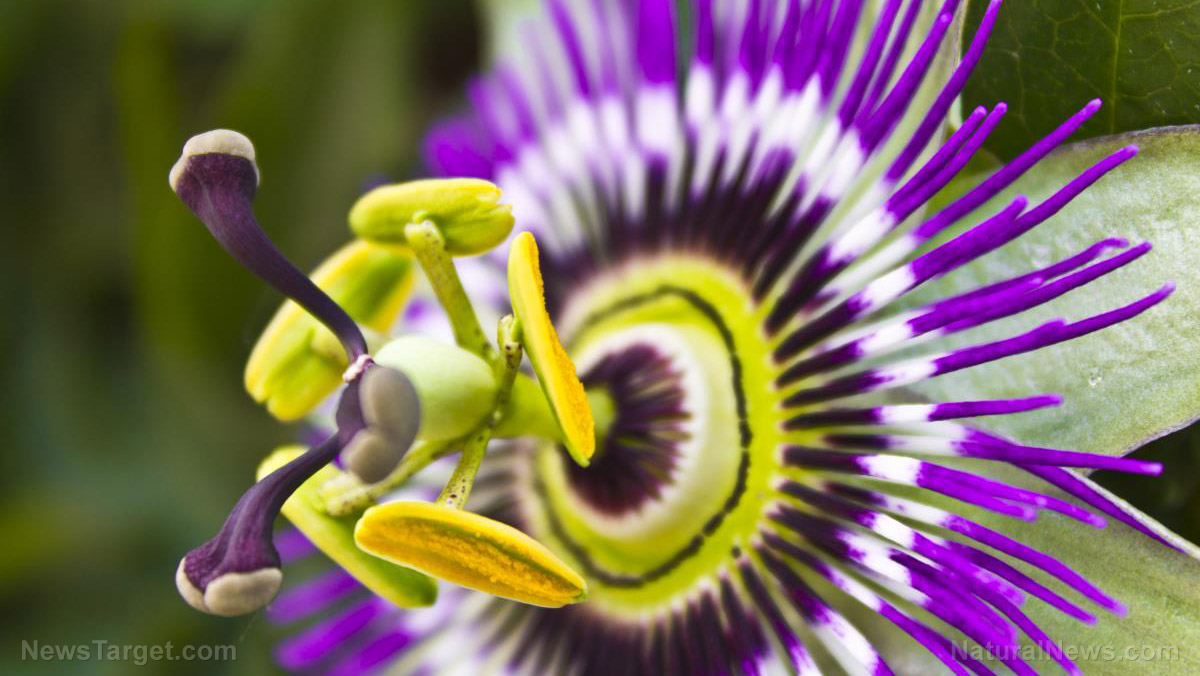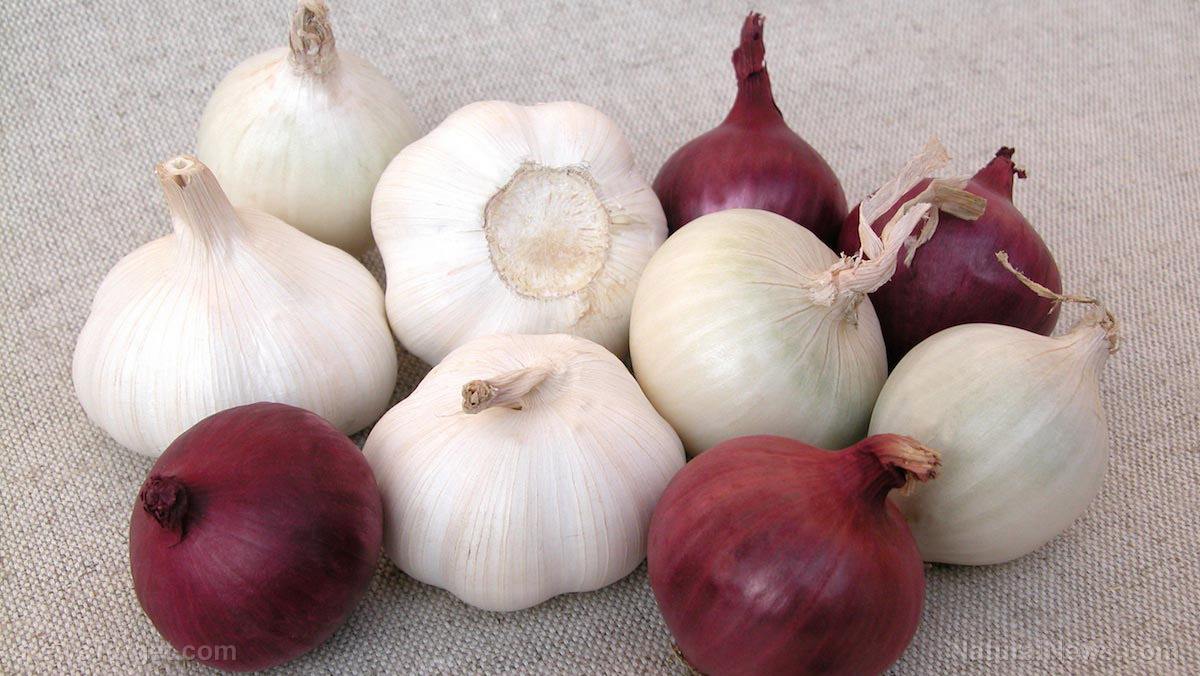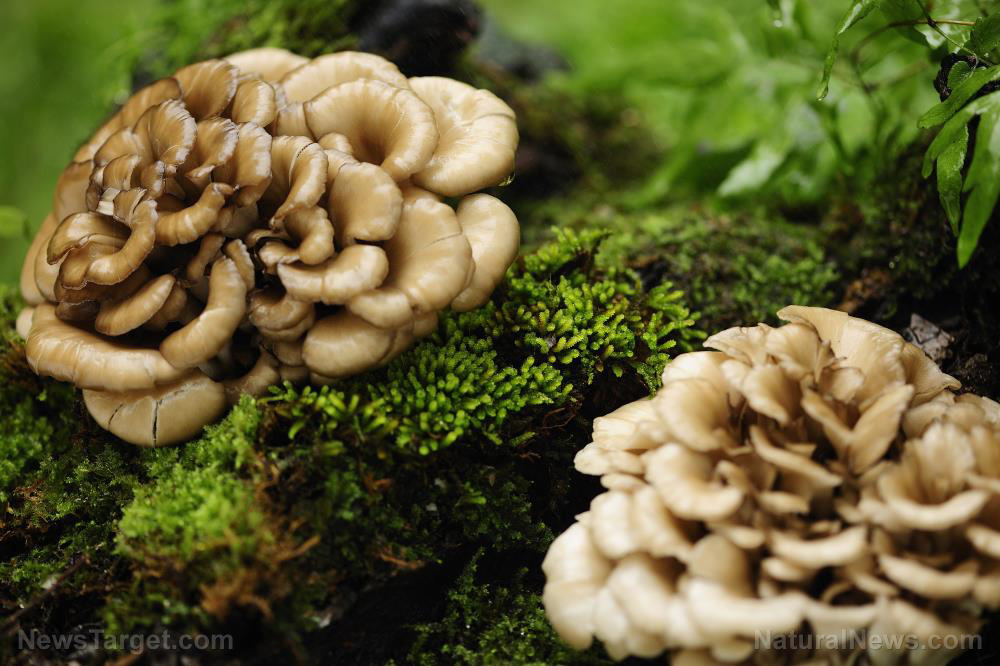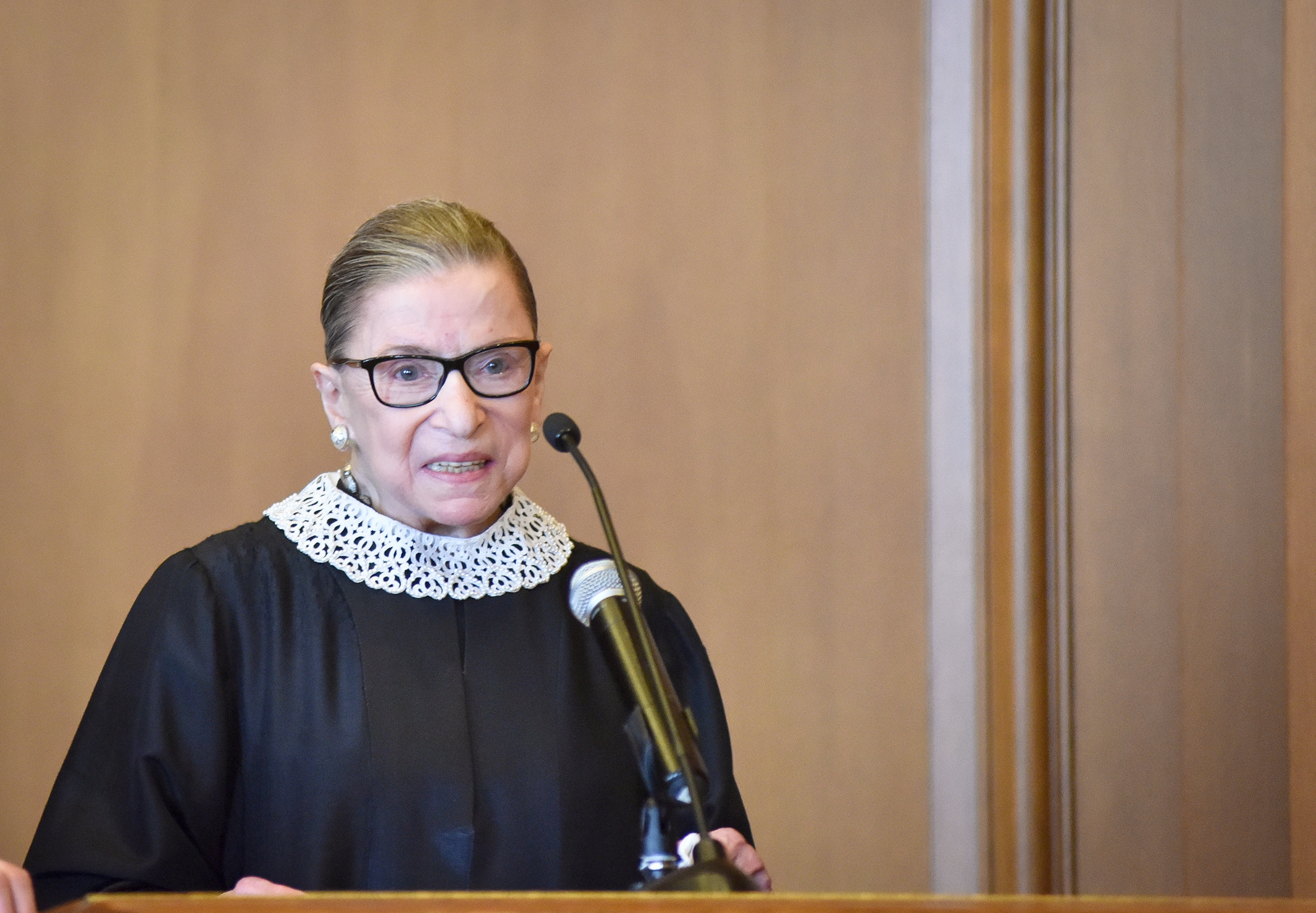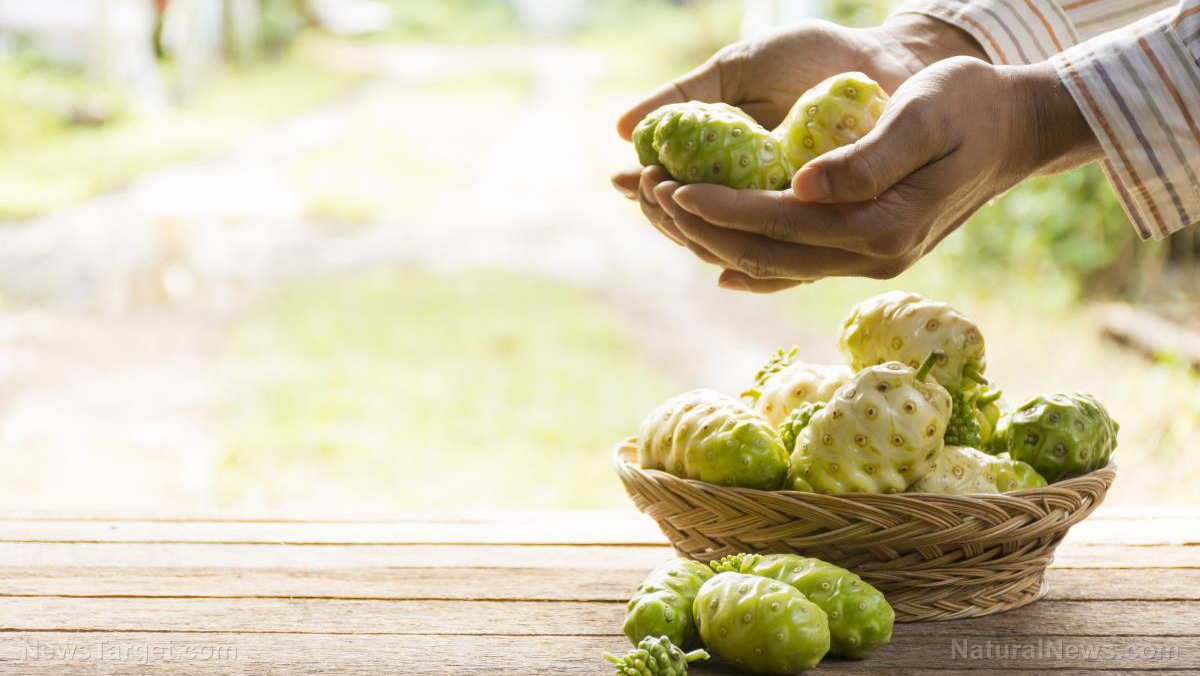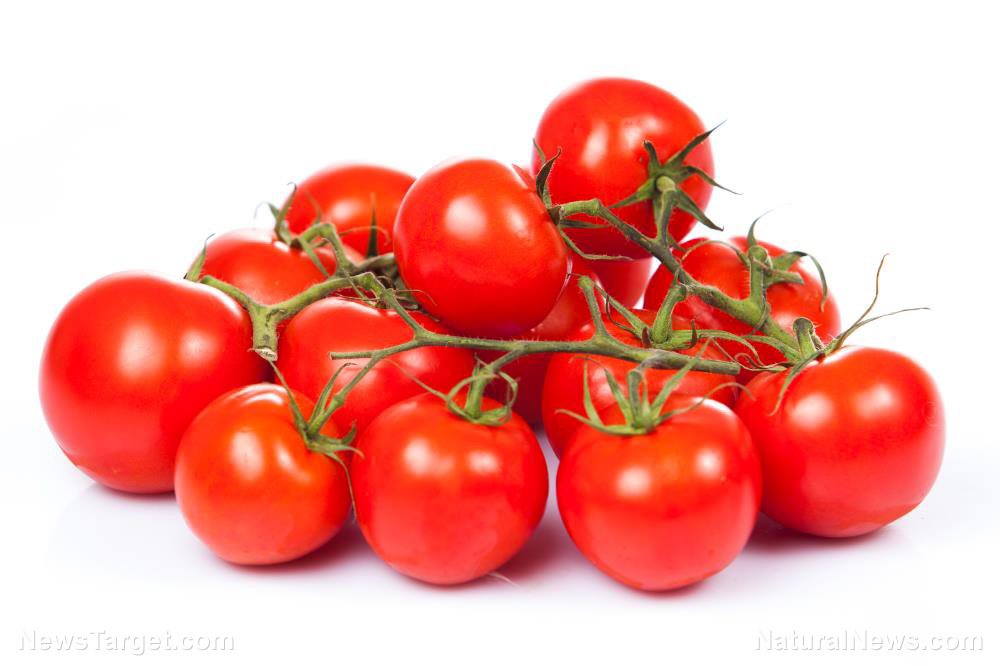Researchers document anti-cancer potential of plants used in traditional African medicine
07/28/2020 / By Evangelyn Rodriguez

Medicinal plants have seen much in use as traditional medicines, especially in developing countries. In Ethiopia, reports suggest that more than 70 percent of the population still relies on traditional medicines and considers them their primary source of healthcare. It is estimated that more than 95 percent of traditional Ethiopian medicines are sourced from medicinal plants.
The global burden of cancer — a group of diseases caused by genetic, metabolic and signaling aberrations — continues to rise, according to the World Health Organization. It is the second leading cause of death worldwide and is, in fact, responsible for approximately 70 percent of deaths in low- and middle-income countries. Given the rising incidence of the disease, the lack of an effective and reliable treatment for cancer is also a major global health concern.
In countries like Ethiopia, traditional medicines are used to treat serious diseases like cancer. This is because they are less expensive and more comprehensive. Even in other African countries, traditional medicines are more widely used than modern medicines due to their accessibility, affordability and wide acceptance by different communities.
In a recent study, researchers from Ethiopia and Sweden decided to investigate the toxicity of extracts derived from seven Ethiopian medicinal plants traditionally used to treat breast cancer. They used three human breast cancer cell lines and one normal human breast epithelial cell line to assess not only the anti-cancer activities of the extracts but also their selectivity toward cancer cells.
The researchers reported their findings in an article published in the Journal of Medicinal Plants Research.
Ethiopian plants are great sources of powerful and selective anti-cancer agents
According to traditional healers, Sideroxylon oxyacanthum, Zanthoxylum chalybeum (knob wood), Clematis simensis, Clematis longicauda, Dovyalis abyssinica (abyssinian gooseberry), Vernonia leopoldi (bitter leaf) and Clerodendrum myricoides (blue butterfly bush) are the most frequently used medicinal plants to treat breast cancer in Ethiopia.
Using methanol as solvent, the researchers obtained crude extracts from all seven plants and tested their cytotoxicity using a dose-response assay. All of the crude extracts proved cytotoxic to cancer cells except for the knob wood and blue butterfly bush extracts.
The crude extracts of S. oxyacanthum, C. simensis and Abyssinian gooseberry exhibited cytotoxic effects on human breast cancer cell lines (JIMT-1, MCF-7 and HCC1937) at half-maximal inhibitory concentrations (IC50) below 1 mcg/mL.
To further evaluate their anti-cancer potential, the researchers fractionated the methanol extracts of the most toxic plants to gain petroleum ether, hexane, chloroform, ethyl acetate and water fractions. These were also tested for cytotoxicity.
They found that the ethyl acetate fraction of bitter leaf was the most cytotoxic, with an IC50 of 0.87 mcg/mL against JIMT-1 cells (breast carcinoma). The aqueous fraction of S. oxyacanthum and the chloroform fraction of C. simensis were also found to be cytotoxic.
Based on these findings, the researchers concluded that some Ethiopian medicinal plants are great sources of new compounds that can be developed for breast cancer treatment. Among these, bitter leaf, S. oxyacanthum and C. simensis are the most promising, showing high cytotoxicity at low concentrations against breast cancer cells.
Other plants with reported anti-breast cancer activities
According to a review published in the Saudi Pharmaceutical Journal, active compounds like carotenoids, flavonoids, lignans, polyphenols, sulfides, terpenoids and plant sterols give medicinal plants the ability to fight cancer using different mechanisms. These include stimulating protective enzymes, such as glutathione transferase, preventing cancer cell proliferation and inhibiting the production of mevalonate, which greatly reduces tumor growth. The compounds also give medicinal plants immune-stimulating and anti-tumor properties that make them effective anti-cancer medicines.
Here are some examples of medicinal plants that exhibit anti-cancer activities against breast cancer:
- Garlic (Allium sativum)
- Echinacea (Echinacea purpurea)
- Turmeric (Curcuma longa)
- Greater burdock (Arctium lappa)
- Tea tree (Camellia sinensis)
- Asian ginseng (Panax ginseng)
- Flaxseed (Linum usitatissimum)
- Ashwagandha (Withania somnifera)
- Rohituka (Amoora rohituka)
- Rosewood (Dysoxylum binectariferum)
- Cranberry (Vaccinium macrocarpon)
Breast cancer is the most common cancer diagnosed in women in the United States. While death rates due to breast cancer are steadily declining, conventional treatments cause many undesirable side effects. Natural medicines, on the other hand, offer cancer solutions without compromising the patient’s quality of life. Not only are they as effective as modern therapies, but plant-based anti-cancer medicines also cause fewer side effects, according to studies.
Sources include:
Tagged Under: alternative medicine, anticancer, breast cancer, cancer cures, disease treatments, natural cures, natural medicine, plant medicine, remedies, research, women's health

